परिचय
The Quit India Movement was launched on 8 August 1942 at the Bombay session of the All India Congress Committee, when Mahatma Gandhi gave the stirring call of “Do or Die” at Gowalia Tank Maidan (now August Kranti Maidan), demanding an immediate, orderly British withdrawal from India during World War II. Triggered by the failure of the Cripps Mission to secure meaningful power-sharing, the resolution inaugurated a nationwide wave of civil disobedience and resistance, which the colonial state met with sweeping arrests, bans, and force—an upheaval the Viceroy described as the most serious challenge since 1857.
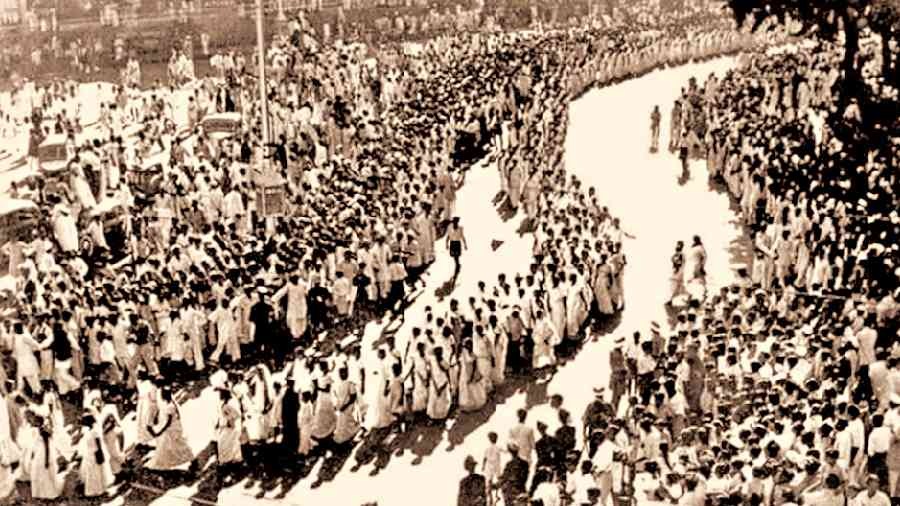
Background: From Cripps to August Kranti
- Cripps Mission failure (March–April 1942) to offer credible transfer of power hardened Congress toward an immediate freedom demand, steering Gandhi to frame a nonviolent yet uncompromising ultimatum.
- The Congress Working Committee decided in July 1942 to commence mass civil disobedience; the AICC then met in Bombay and passed the Quit India Resolution on 8 August 1942.
- At Gowalia Tank Maidan, Gandhi’s Quit India speech set the moral tone—strict ahimsa, no hatred of the British, and the categorical pledge: “We shall either free India or die in the attempt”.
Launch: The “Do or Die” Call and Immediate Repression
- Date and venue: Night of 8 August 1942, AICC session at Gowalia Tank Maidan, Bombay (Mumbai).
- Slogan and symbolism: “Quit India” as the movement’s banner and “Do or Die” as its mantra; the “Quit India” phrasing was popularized by Bombay socialist Yusuf Meherally, the coinage remembered as part of the movement’s mass idiom.
- Proactive crackdown: Within hours of the speech (early 9 August), the British arrested Gandhi and almost the entire Congress high command under wartime regulations; Congress was banned and its offices raided nationwide.
- Aruna Asaf Ali, rising from the younger leadership, presided over the AICC proceedings on 9 August after mass arrests and unfurled the national flag at the Maidan as a defiant signal to continue resistance.
Character and Spread: Mass Action to Underground Networks
- Leaderless mobilization: Despite decapitation of the top leadership, protests, hartals, and strikes spread rapidly through August–September 1942, often targeting symbols of colonial authority—rail and telegraph lines, police stations, revenue offices.
- Underground organization: Congress Socialists and allied networks sustained morale and coordination through clandestine communications, pamphlets, and parallel structures; figures such as Jayaprakash Narayan, Ram Manohar Lohia, Aruna Asaf Ali, Sucheta Kripalani, Biju Patnaik, Achyut Patwardhan, and Nana Patil became prominent.
- Congress Radio: Usha Mehta, then a 22‑year‑old student, led the secret “Congress Radio” from 14 August 1942 to broadcast messages and news to the public before arrests shut it down later that year.
British Response: The Harshest Suppression Since 1857
- Mass arrests and bans: Over 100,000 people were detained; Congress was proscribed; fines and collective punishments were widely imposed; public floggings and police firings occurred in multiple centers.
- Deadly force and damage control: Hundreds of civilians were killed in crowd firings and clashes; infrastructure sabotage by protestors met with intensified military-police operations; the government even considered deporting top leaders overseas but abandoned it fearing escalation.
- Martial narrative: Viceroy Linlithgow called it the gravest rebellion since 1857, encapsulating the crisis for a Raj already strained by World War II and Japanese advances toward India’s eastern frontier.
Leadership, Ideas, and Organization
- Gandhi’s line: A nonviolent struggle, without hatred, for immediate independence; civil resistance to be anchored in discipline and truth—yet the movement’s decentralization after arrests saw localized radicalization in places.
- Younger cohort: The vacuum propelled new leaders—Aruna Asaf Ali, JP, Lohia, Sucheta Kripalani, and others—who coordinated underground cells, parallel governance experiments, and logistical lines for funds and materials.
- Women’s roles: Women led protest lines, shelter networks, and communications; Usha Mehta’s Congress Radio became an emblem of clandestine resolve.
Notable Features and Events
- August Kranti Maidan: The launch ground in Bombay—today a memorial site—symbolizes the switch from negotiation to an unequivocal demand for British exit.
- Congress Radio (Aug–Nov 1942): Broadcasts sustained unity and provided guidance amid censorship until police roll-ups following infiltration and arrests.
- Parallel initiatives: In several districts, local “parallel governments” and committees briefly administered relief, justice, or supply functions, reflecting a widening imagination of self-rule under repression.
Outcomes and Significance
- Political impact: Despite suppression, the movement demonstrated the Raj’s eroding legitimacy and the durability of mass, cross‑regional mobilization under Congress; it also kept Congress unified under duress.
- Strategic rebalancing: The wartime costs and the breadth of disobedience convinced many British policymakers that India was ungovernable in the long term without consent—altering the tenor of postwar negotiations that led to independence.
- Leadership arc: The imprisonment of senior leaders through much of the war insulated Congress from collaboration charges but transferred initiative to underground and regional organizers, whose prominence grew in the 1940s political sphere.
- Public memory: “Do or Die,” August Kranti Maidan, the clandestine radio, and youthful leadership became enduring symbols of resolve and sacrifice in India’s freedom narrative.
Timeline (Key Dates)
- 14 July 1942: Congress Working Committee at Wardha decides to launch mass civil disobedience.
- 8 August 1942 (night): AICC passes Quit India Resolution at Bombay; Gandhi’s “Do or Die” speech at Gowalia Tank Maidan.
- 9 August 1942 (early hours): Mass arrests of Gandhi and Congress leadership; Aruna Asaf Ali presides and hoists the flag in Bombay.
- August–September 1942: Peak mass phase—strikes, sabotage of communications, and police clashes across provinces.
- August–November 1942: Congress Radio broadcasts under Usha Mehta; shut down after arrests.
- 1943–1944: Underground activity and localized resistance persist; movement’s mass phase diminishes under sustained repression.
Key Figures
- Mahatma Gandhi: Architect and leader; articulated the nonviolent “Do or Die” line and remained jailed for most of the war.
- Aruna Asaf Ali: Chaired AICC session on 9 August and hoisted the flag; became a face of the underground phase.
- Jayaprakash Narayan and Ram Manohar Lohia: Congress Socialist leaders central to underground coordination.
- Usha Mehta: Ran the secret Congress Radio beginning 14 August 1942, relaying messages to sustain the movement.
- Sardar Patel, Nehru, Maulana Azad, and other Congress seniors: Arrested early; spent long periods imprisoned until late in the war.
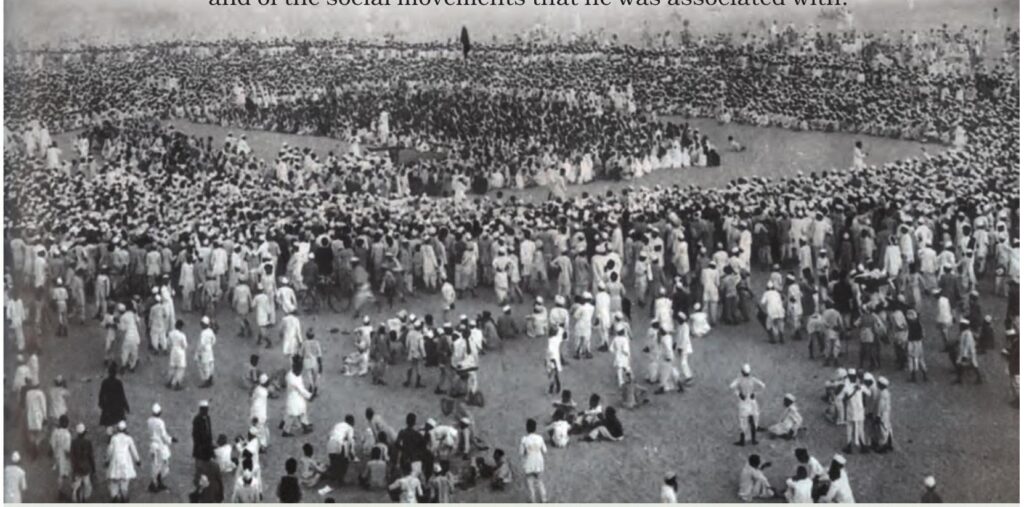
Interesting Facts
- Phrase roots: Gandhi’s “Do or Die” line, the movement’s mantra, was emphasized in a bilingual address (Hindi and English), aligning ahimsa with uncompromising resolve.
- Slogan-maker: Yusuf Meherally—also behind “Simon Go Back”—is remembered for coining/propagating the “Quit India” cry that energized Bombay and beyond.
- Scale of arrests: Contemporary tallies place arrests above 100,000, reflecting an unprecedented crackdown parallel to a decentralized mass upsurge.
निष्कर्ष
Launched at Bombay on 8 August 1942 with Gandhi’s “Do or Die” call, Quit India fused ethical nonviolence with a categorical demand for immediate independence—and revealed, through both mass action and underground resilience, that colonial authority could no longer command obedience in India. Though crushed militarily, the movement reshaped political calculations, elevated a new generation of leaders, and set the stage for postwar negotiations that culminated in freedom within five years.

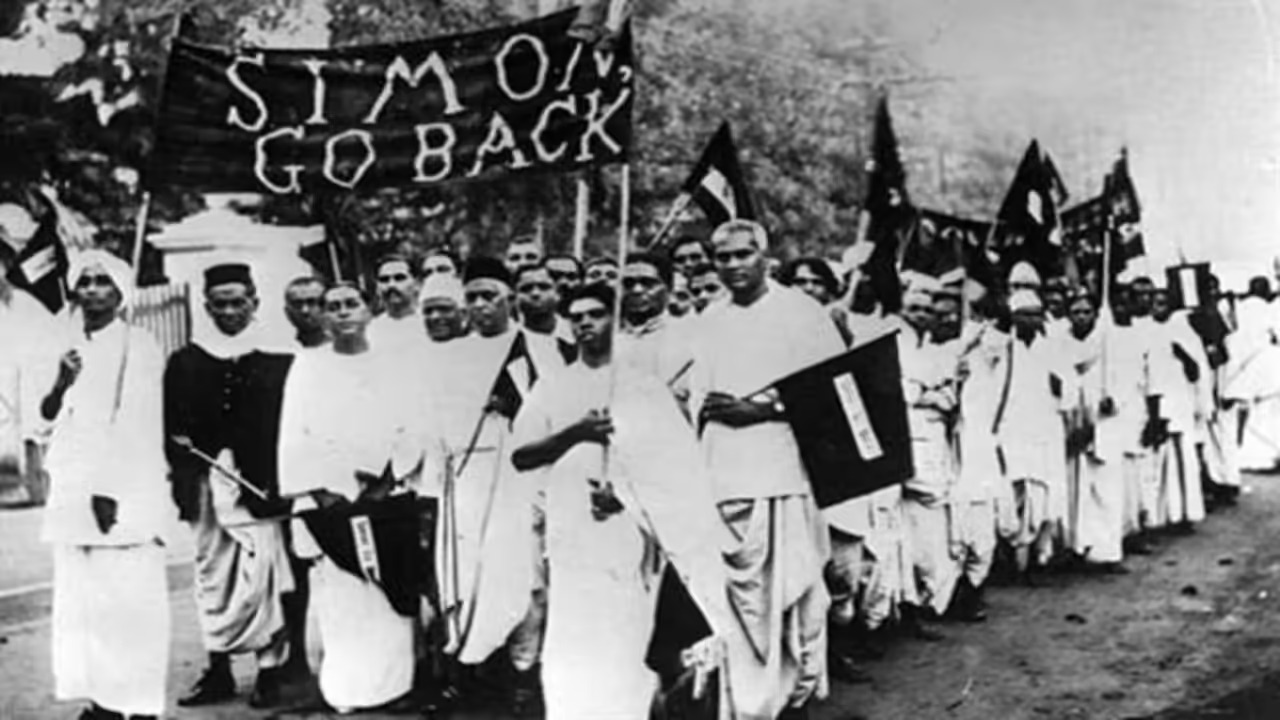

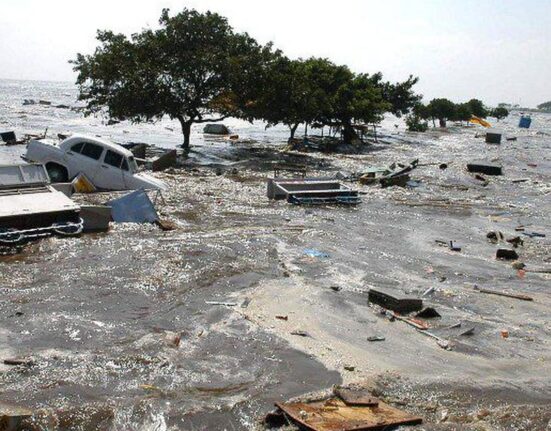
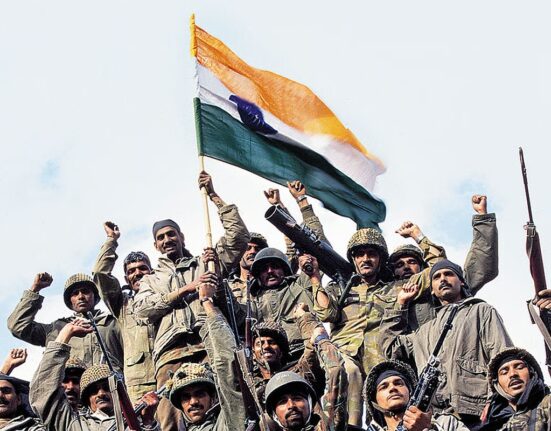

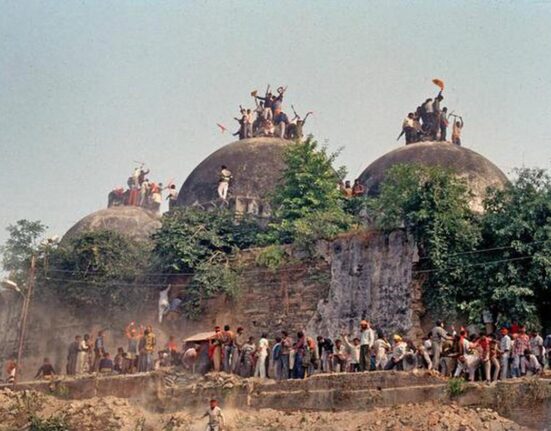
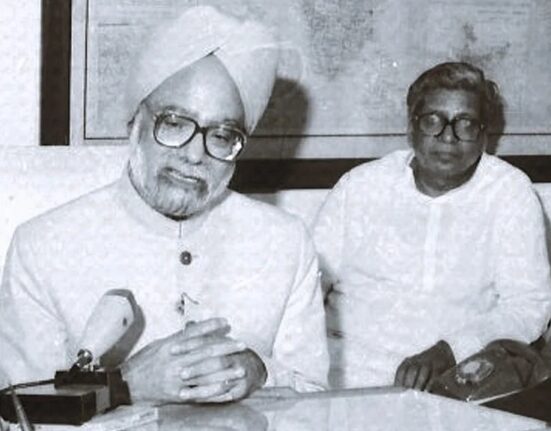
इस बारे में प्रतिक्रिया दें